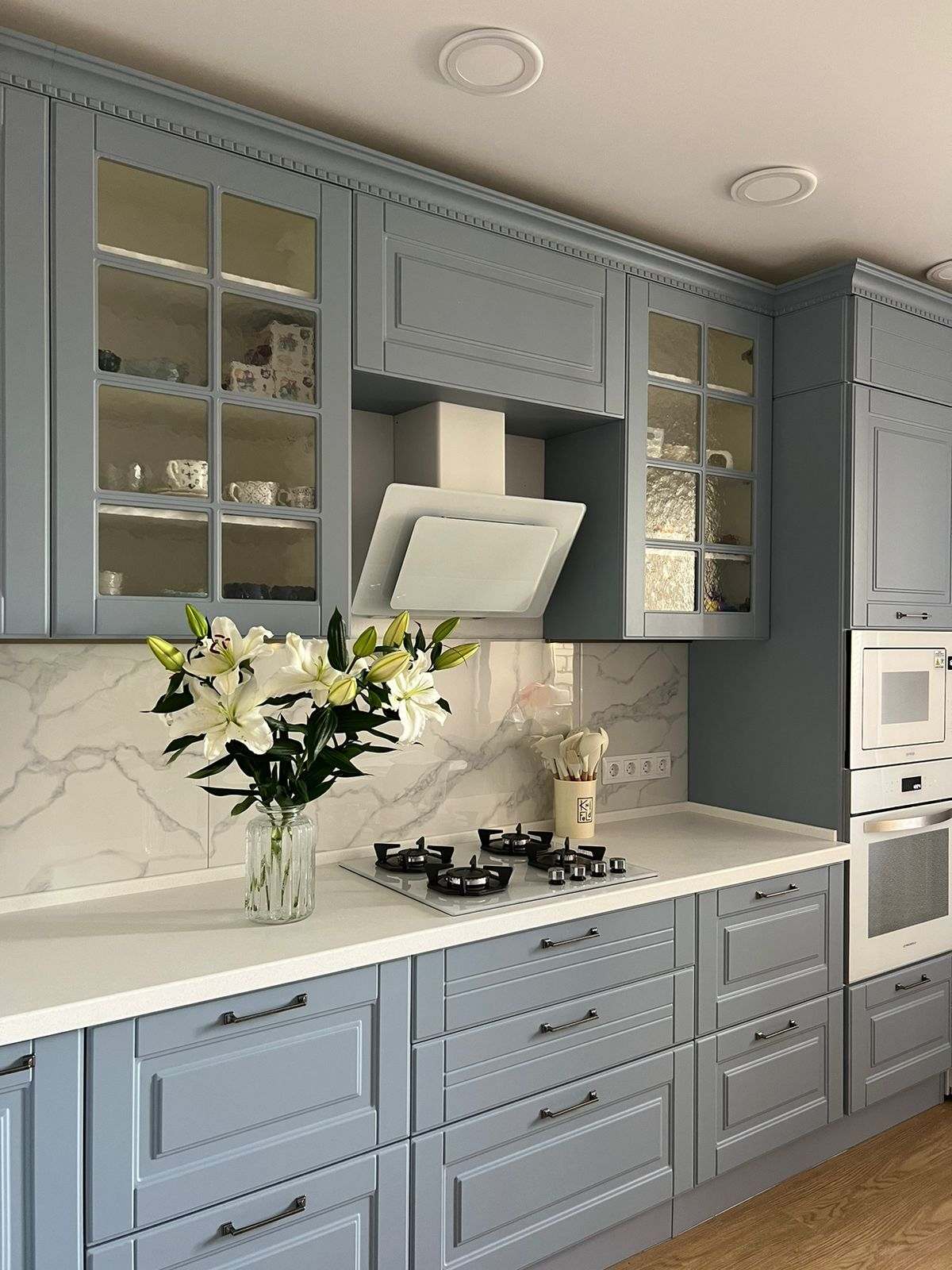
Culinary Spaces Redefined: Pursuing Excellence
The modern culinary landscape is an ever-evolving tapestry, rich with innovative designs, state-of-the-art technology, and a growing emphasis on sustainable and efficient practices. High-performance kitchens are no longer confined to the realms of professional chefs and culinary institutions; they are increasingly finding their way into domestic environments, transforming the very essence of home cooking and dining experiences. Let's explore how culinary spaces are being redefined to embody the pinnacle of excellence.
Integrating Advanced Technology
Innovation in kitchen appliances and tools has dramatically changed the way we approach cooking and food preparation. Cutting-edge cooking ranges, smart refrigerators, and precision-controlled ovens are becoming central to the modern kitchen, making culinary tasks more manageable and more enjoyable. With the integration of these advanced technologies, culinary spaces are becoming highly responsive environments that cater to the unique needs and preferences of each individual cook.
Ergonomic Design and Aesthetic Appeal
The functionality of culinary spaces is increasingly tied to their aesthetic quality and ergonomic design. Sleek countertops, customized storage solutions, and strategically placed lighting are not just about superficial looks; they reflect an understanding of space utilization that can significantly impact the cooking experience. Modern design principles prioritize ease of movement, accessibility, and the pleasure that can be derived from a well-organized space, embodying the marriage between form and function in pursuit of culinary excellence.
Creating Multipurpose Culinary Arenas
The traditional separation of dining and cooking areas is diminishing as culinary spaces embrace multipurpose functionalities. Open-plan layouts encourage interaction between the chef and diners, making the act of cooking itself a form of entertainment. This concept fosters a more communal and inclusive atmosphere, where the preparation of food becomes an experience to be shared rather than a solitary task relegated to a separate room.
Emphasis on Sustainable Practices
Environmental concerns and sustainability have become critical considerations in the design and operation of modern kitchens. The culinary space of today often features energy-efficient appliances, composting options, and materials sourced from eco-friendly or recycled products. As consumers become more environmentally conscious, these kitchens are not just centers of culinary excellence but also reflect a commitment to the health of our planet.
The Cultural Significance of Food
Finally, culinary spaces are being recognized as more than places of sustenance; they are cultural hubs where traditions are preserved, and new food trends emerge. The global exchange of culinary ideas has enriched our palettes and diversified our kitchens, challenging designers to create spaces that accommodate a broad range of cooking styles and tools. These multicultural influences contribute to the excellence of culinary spaces by celebrating the diversity of food and its central role in our lives.
Conclusion
As we continue to redefine what it means to create and enjoy food, the role of culinary spaces becomes increasingly vital. From technological advancements to eco-friendly designs and the embracing of multicultural influences, the quest for excellence in the kitchen is shaping not just how we cook, but how we live. These spaces are more than just places to prepare meals; they are vibrant, adaptable environments where innovation, beauty, and sustainability intersect to enhance our everyday lives.